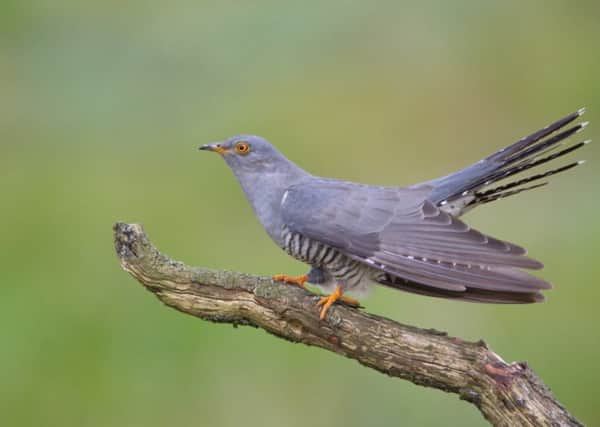Gowk Day: How Scots celebrated April Fool’s Day


Gowk is Scots for cuckoo but is also became the word for a fool. If you were called a huntegowk, then the joke was on you on April 1.
The Gowk Day custom derives in part from young people being led from wood to wood to track the newly arrived Spring cuckoos, with the “hunt the gowk” always staged too early for the birds to be found.
Typical Gowk Day pranks evolved from these fool’s errands.
Advertisement
Hide AdAdvertisement
Hide AdThe traditional prank was to ask someone to deliver a sealed message requesting help of some sort.
When the note was opened on delivery, the nature of the errand was revealed. “Dinna laugh, dinna smile, hunt the gowk another mile,” was the message.
The daft missions further evolved with reports of people being sent to the butcher for items such as a gill of pigeon milk.
It is believed Gowk’s Day was marked in Scotland from at least 1700, according to accounts.
Advertisement
Hide AdAdvertisement
Hide AdAccounts detail how it was usually the early milk boy or girl who would usher in Gowk month by falsely warning passers by that ‘yer lace is lowse’ or “ye’ve let something fa”.
“More elaborate jokes were perpetrated by the older school children and apprentice boys,” one account said.
In the Western Isles, gowk cakes, made from milk, eggs and fruit, were eaten on April 1
Several ‘gowk stones’ can be found across Scotland, including the Isle of Cumbrae, Strathblane in Stirlingshire and Shotts in North Lanarkshire.
The sites are said to be linked to the heralding of spring and the arrival of the first cuckoo of the season.
